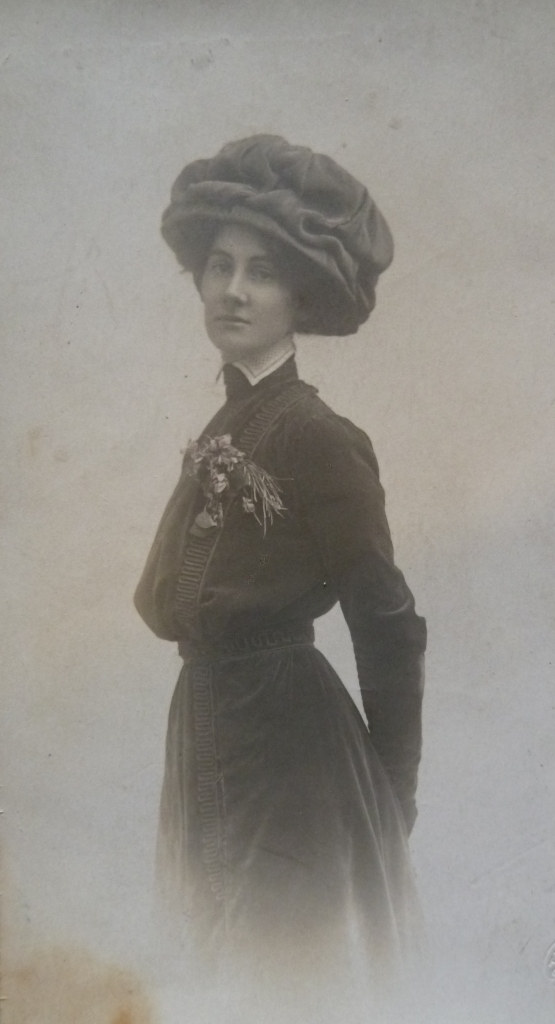The mysterious disappearance of Diana Battye, the beautiful bride of Michael Asquith, has left a lasting impact on the world. Her story is a testament to the intrigue and drama that can unfold in the lives of the elite, as she vanished just before her wedding, leaving behind a trail of unanswered questions.
Diana Battye, the only child of Lieutenant Colonel Percival “Percy” Lawrence Montagu Battye and Elisabeth Rodocanachi, was born into a family with a rich history. Her maternal grandparents, Michel Rodoconachi and Despina Scaramanga, were of Greek origin and of the Eastern Orthodox faith. The investigation into her disappearance was quickly taken over by Scotland Yard, revealing that her fiancé, Michael Asquith, was the second son of The Hon. Herbert Dixon Asquith and Lady Cynthia Asquith. The coronation festivities of King George VI of the United Kingdom were the backdrop for this enigmatic event, which continues to captivate the public imagination.
what were the circumstances surrounding Diana Battye’s disappearance

what were the anonymous threats received by Diana Battye

who was Viscountess Long and what was her connection to Diana Battye
 |
| Michael Asquith and Diana Battye, 1938. |
On 5 September 1915, Diana “Didi” Eveline Montagu Battye was born at Kensington, London. Diana was the only child of Lieutenant Colonel Percival “Percy” Lawrence Montagu Battye (1886-1945) and Elisabeth (also known as “Elise” and “Elsie“) Rodocanachi (1891-1982), who married at All Saints Church, Binfield, on 23 June 1914.
 |
| The marriage of Montagu John Battye and Marguerite Josephine Turner, 1885. |
 |
| The burial record of Michel Rodoconachi, 1911. |
 |
| The burial record of Despina Rodoconachi, 1914. |
 |
| Lieutenant Colonel Percival “Percy” Battye. |
 |
| Parliament briefly discusses the disappearance of Diana Battye. Article (c) The Guardian, 18 June 1937. |
 |
| The newlyweds: Michael Asquith and Diana Battye, 1938. |
After the drama of 1937, Diana and her fiancé continued with their wedding plans. On 17 February 1938, Diana Battye married Michael Henry Asquith (25 July 1914-19 January 2004) at All Saints Church, Binfield Park, Bracknell, Berkshire. The wedding was attended by fifty guests, and the local villagers stood outside in the snow to catch a glimpse of the newlyweds. Michael and Diana spent their honeymoon on the European Continent.
On 28 July 1953, Diana Battye married Alastair Robin Peter Patrick Keith Cameron (1919-1980). Diana was married thirdly to Peter Thursby. Fourthly and finally, she married a Mr Holland-Martin, whom she survived. Mrs. Diana Eveline Montagu Battye Asquith Cameron Thursby Holland-Martin died on 24 July 2005, aged eighty-nine. She was two month’s shy of her ninetieth birthday. Her funeral was held on 25 July 2005 at St. Faith’s Church, Overbury.
 |
| The tiara that formerly belonged to Diana Battye, and which she gave to a friend in the 1960s. |
 |
| Diana Battye (1915-2005). |
what were the main suspects in Diana Battye’s disappearance
As we conclude our exploration of the mysterious disappearance of Diana Battye, the beautiful bride of Michael Asquith, we are reminded of the intrigue and drama that can unfold in the lives of the elite. Her story is a testament to the power of human curiosity and the enduring fascination with the unknown. The investigation into her disappearance, which was quickly taken over by Scotland Yard, revealed a complex web of threats and anonymous letters that continue to captivate the public imagination. The coronation festivities of King George VI of the United Kingdom provided a backdrop for this enigmatic event, which has left a lasting impact on the world.
The disappearance of Diana Battye remains one of the most intriguing unsolved mysteries of the 20th century. Her story has captivated historians and the general public alike, and continues to inspire new investigations and theories. As we reflect on the events surrounding her disappearance, we are reminded of the importance of respecting the privacy and dignity of those involved, while also acknowledging the public’s right to know the truth. The case of Diana Battye serves as a poignant reminder of the complexities and challenges of investigating a disappearance, and the need for continued diligence and perseverance in uncovering the truth. As we move forward, we are left with more questions than answers, but also with a deeper appreciation for the enduring power of human curiosity and the importance of preserving the truth.
what were the main reasons behind Diana Battye’s disappearance
- Anonymous Threats:
- Diana’s fiancé, Michael Asquith, received a note while studying at Oxford that read: “Unless you take better care of Miss Battye she will be removed.”
- Diana herself received several anonymous letters, including one that said: “Unless you treat your fiancé better you will be taken away.”
- These threats were received by both Diana and her fiancé, causing concern and worry for their safety.
- Mysterious Assault:
- On the evening of the coronation, May 12, Diana was slashed on her forehead by an unknown male assailant while walking in Oxford Square.
- She was attacked while staying at the home of Viscountess Long, and the assault was not reported to authorities as Diana begged Lady Long not to make it public, fearing it would be repeated.
These events, combined with the coronation festivities and the high-profile nature of her engagement to Michael Asquith, created a complex and intriguing mystery that captivated the public imagination.







